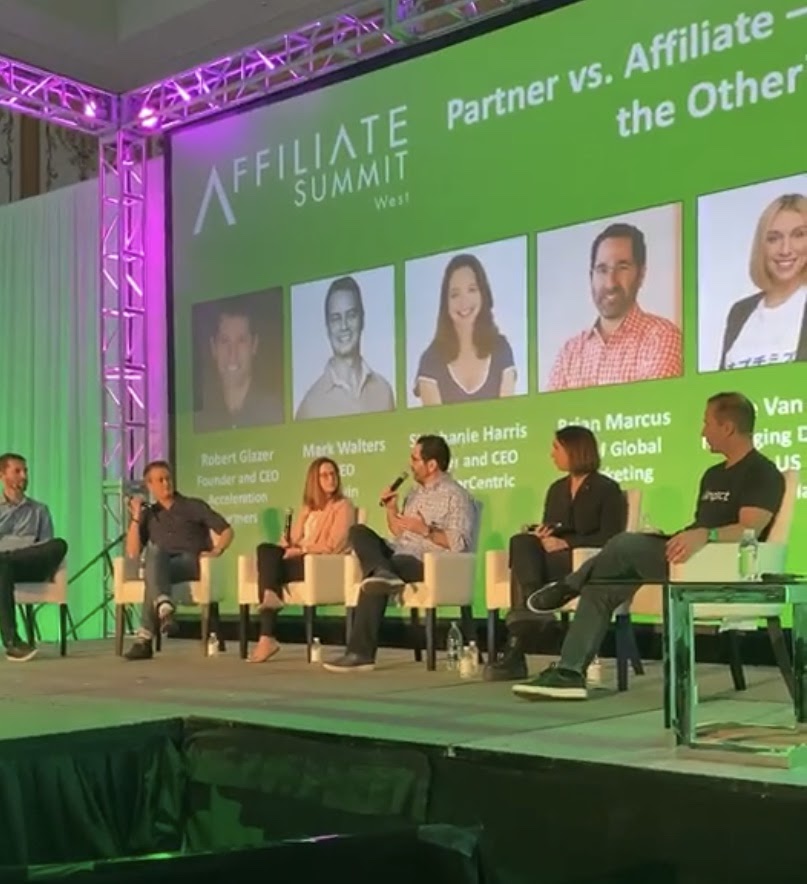
Market Positioning: Let’s Be Inclusive
For me, Affiliate Summit West 2020 was a show that really brought our future as a cohesive channel into greater focus. On the keynote panel that I participated in, the underlying question —
“Are we partner marketers or affiliate marketers?”
— gave way to a genuinely charged debate about how we, as a community, can best position digital marketing’s most accountable channel and strike while the iron is hot. With the release of ITP 2.3 and the beginning of the end for cookie-based advertising, there are opportunities for us all to grab a larger slice of the proverbial CMO budget pie.
On the panel, initially, I could not help but feel boxed in by some long-held rivalries. While I took cover under the competitive crossfire, I did my best to elevate the conversation toward how we can find ways to best work together. For example, evolving to simpler cross-channel tracking standards and KPIs that help marketers assess all of the value created in our channel, from first-touch to last.
More openness will mean setting aside our exclusive relationships with marketers to connect them to any high-quality scale that drives incremental volume, wherever that volume lives. This means more interoperability across networks, so marketers can tap into new traffic sources without disrupting their daily lives. It also means removing friction in working with agencies, so that advertisers can leverage their expertise and depth of relationships. Being inclusive means operating seamlessly, despite our unique differences.
The real question for me is, “Why does our ecosystem have to be so proprietary and closed?” How can we band together against the duopoly to create collectively better outcomes? How do we get away from saying “or” and move to saying “and”? The partnership channel should be one of the world’s most inclusive digital channels. It should be in everyone’s best interest to partner the way you want to.
Where the term “affiliate” used to be big enough to encompass any performance-based relationship, there is now a bigger picture for partnerships. “Partnerships” bring the conversation up a level, especially when any trackable relationship can be viewed through the same lens and compared across common metrics.
What brings partnerships together is the fact that the outcomes are trackable, accountable, and transparent. So, instead of debating the semantics of partner versus affiliate, let’s expend our energy on ensuring this channel gets credit for all of the value it drives. Untapping incremental, measurable results across the ecosystem will always be the best branding for our channel, whatever we decide to call it.
Encouraging Transparency
For the first time in recent memory, I saw very positive signs of ecosystem transparency at the event, another signal of opening up. Conference-goers were talking about organizational challenges they contend with between partners that drive web traffic (affiliate) versus mobile traffic (user acquisition). And longtime rivals were cooperatively sharing data.
One good example of this was a panel led by the Performance Marketing Association, which issued its first-ever benchmarking report, bringing together a number of major platforms and programs in an effort to size the market and understand macro trends. Spoiler alert: the findings show that the partnership channel was valued at $6.2 billion (in ad spend), and challenged our long-held beliefs on what we thought we knew about our industry.
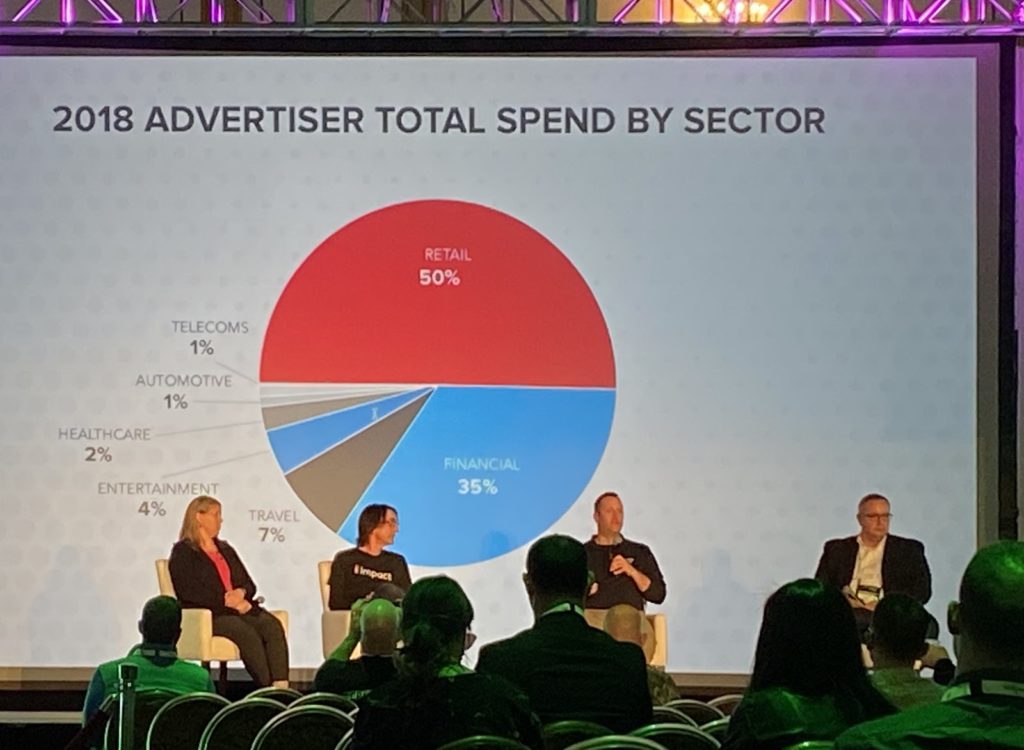
Source: PMA Panel at ASW ’20 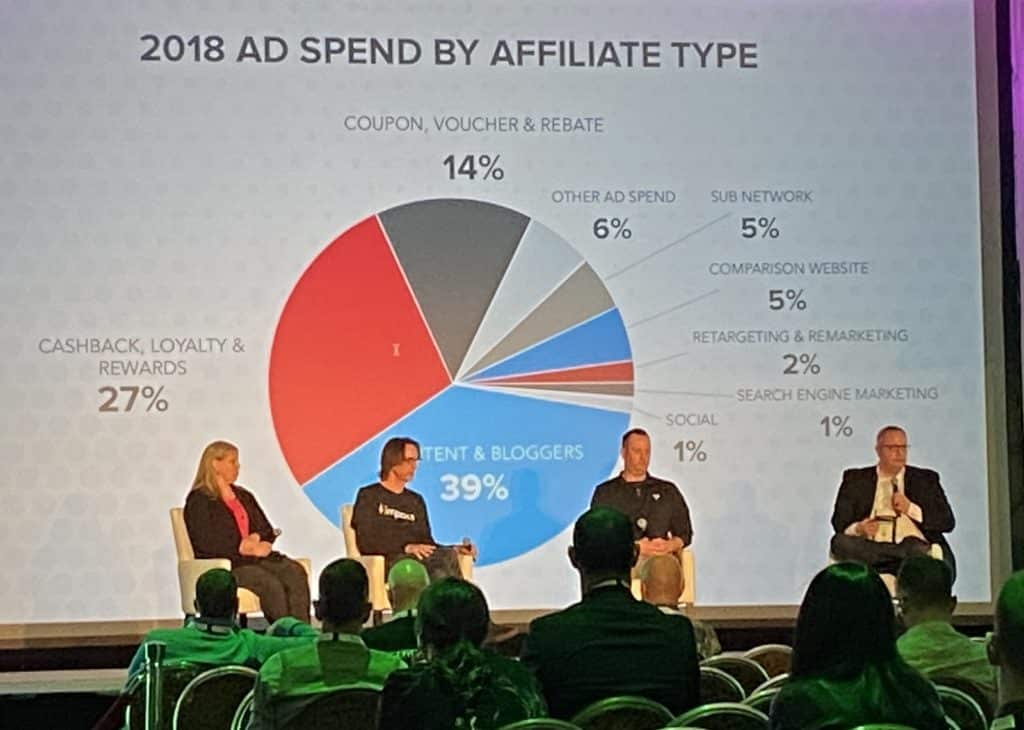
Source: PMA Panel at ASW ’20
The report confirmed that the two big verticals in the affiliate channel are retail and financial services, capturing 85% of total ad spend. Travel is a strong, but distant third at 7%. Implications abound for partnership platforms that need to accommodate new business models and track and attribute new outcomes.
Turns out, ad spend on loyalty affiliates has been overtaken by content and bloggers, who comprise a whopping 39% of total ad spend. This group includes many of the partners we call influencers today, so it may not be all that surprising. But stay tuned, as next year’s model may evolve.
Given that this is the first year of the study, and it did not include all of the channel players, I expect the market size figure to increase as more participants, vertical spend, and large independent programs are counted.
Celebrating Differences
This year’s event also felt qualitatively different than past shows. Not a bad kind of different, but a good kind. The kind of difference you value when traveling from a damp, wintery Seattle to the dry landscape of Las Vegas.

Mt. Rainier in all her glory. 
Las Vegas sizzles.
There were some notable differences. First and foremost, ASW 2020 was not slated on the heels of New Year’s Eve, and not competing with CES or the annual adult film industry event. This year, Affiliate Summit West stood on its own two feet. And while the global outbreak of a new coronavirus could have threatened the warmth of our community, it surely did not. After almost 15 years of going to Affiliate Summit shows, it is always surprising to me how many familiar faces keep coming back. And thanks to the event’s longevity, we see many of our former competitors, teammates, and clients eventually become close friends.
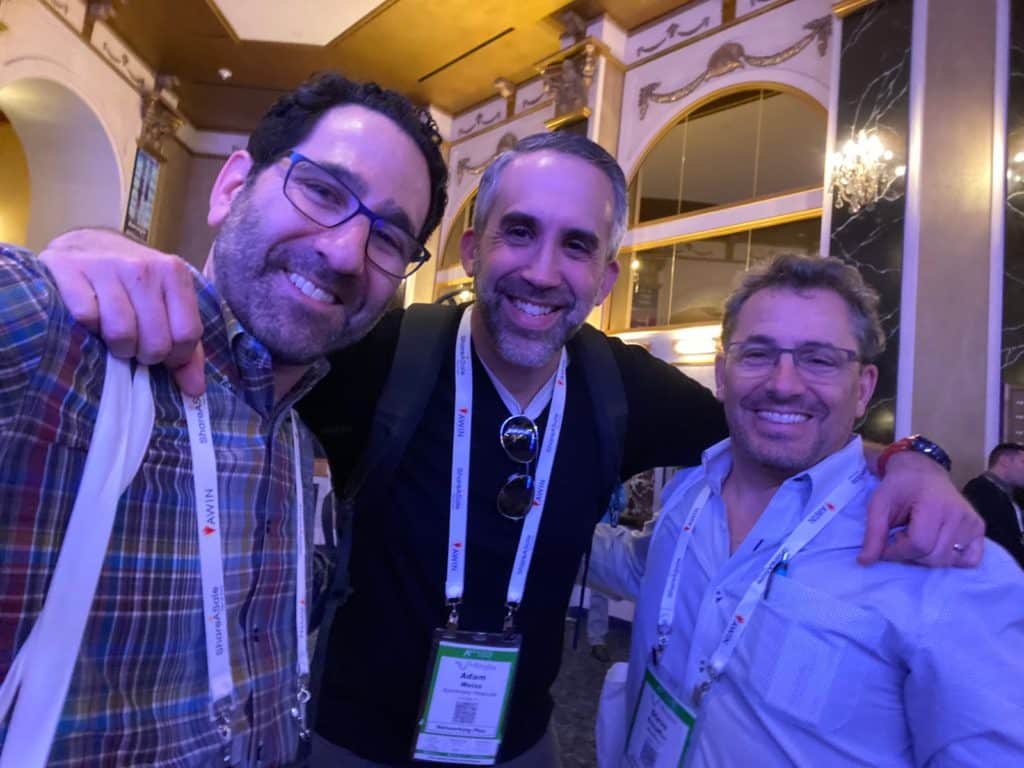
Bumped into Adam Weiss and Steve Schaffer. Lots of history there. 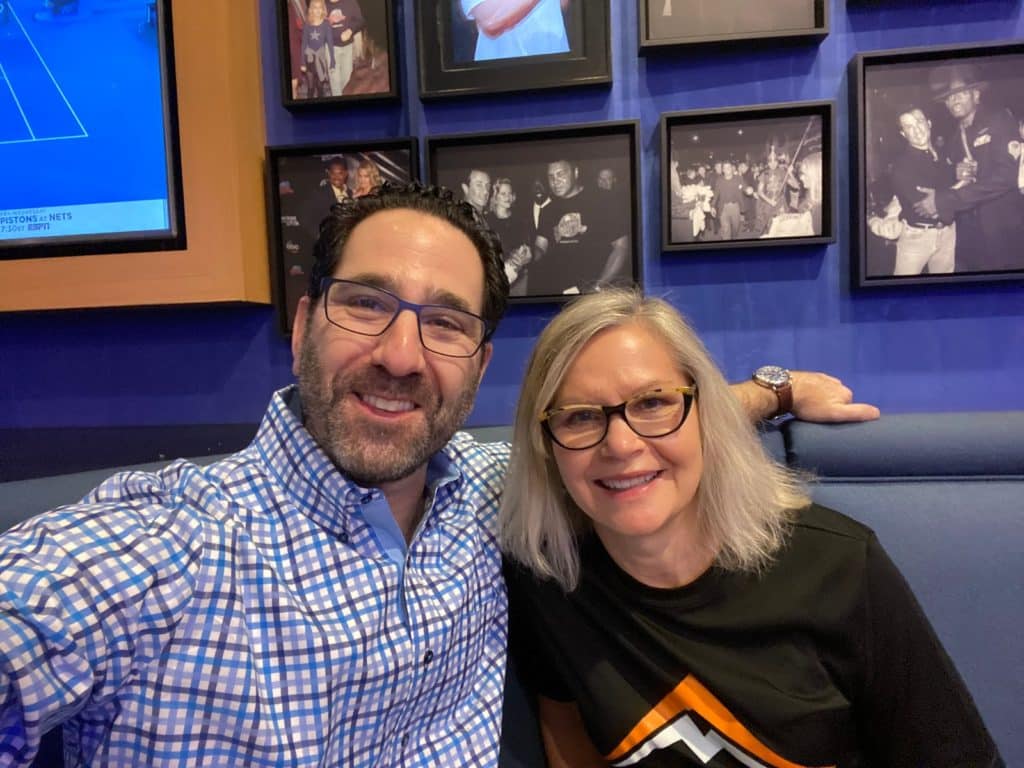
Breakfast with former GAN colleague, Karen Tabbert, now leading the team at Affiliatemanager.com.
Affiliate Summit is a growing community, and while it always evolves and morphs, it remains digital’s one truly relationship-based channel. For us at TUNE, it felt only proper to host an event at Topgolf to enjoy some quality time with our customers, prospects, partners, and agencies.
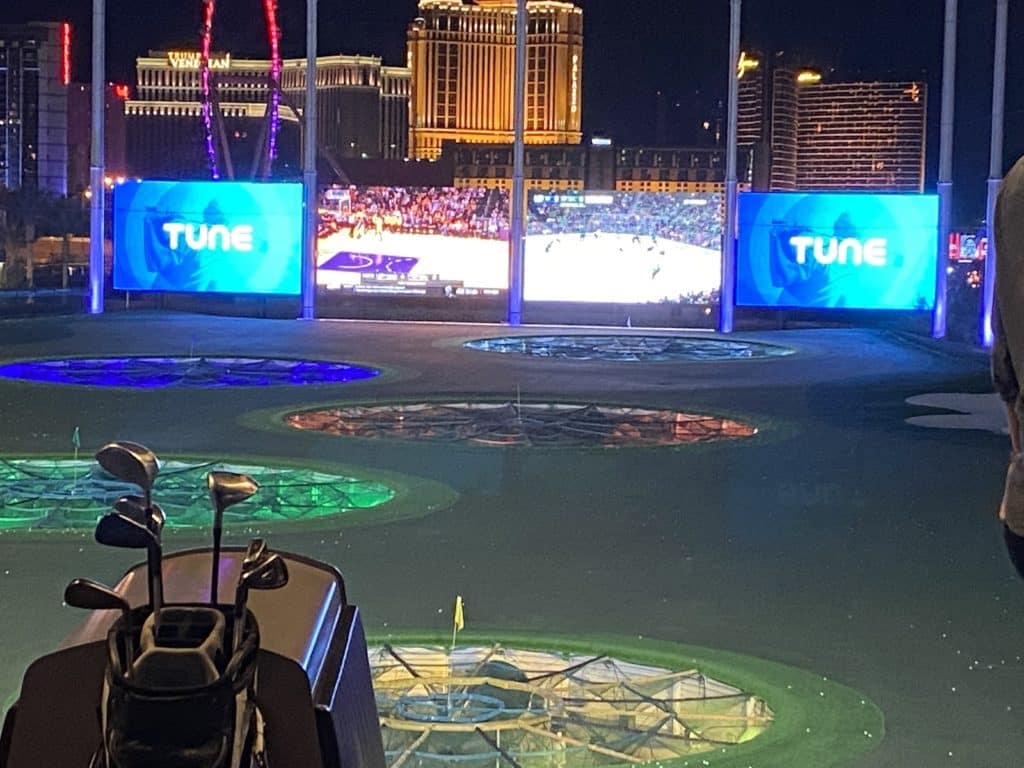
Teeing it up at the top at TUNE’s Topgolf Party. 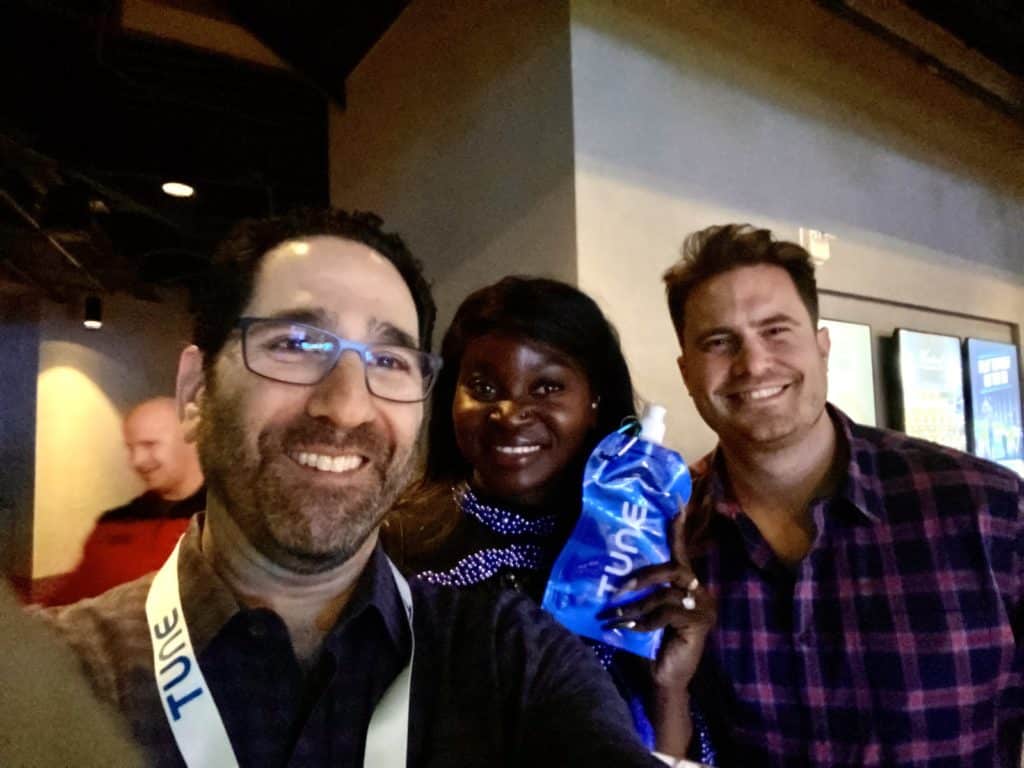
Sharing a good laugh (and good swag) with HomeLight‘s Dafra Sanou, and TUNE’s CEO, Peter Hamilton.
As we look ahead to next year at this very time, we should see a continued shift in the direction of open. Where partners can easily work across multiple networks (wouldn’t that be nice?). Where advertisers can do the same (outstanding!). Where tracking standards will be more uniform, opening the door to unlocking new types of distribution (like mobile apps and networks).
I, for one, look forward to pushing this ecosystem toward greater connectedness so that we all can all see greater results.
Author
Becky is the Senior Content Marketing Manager at TUNE. Before TUNE, she handled content strategy and marketing communications at several tech startups in the Bay Area. Becky received her bachelor's degree in English from Wake Forest University. After a decade in San Francisco and Seattle, she has returned home to Charleston, SC, where you can find her strolling through Hampton Park with her pup and enjoying the simple things between adventures with friends and family.

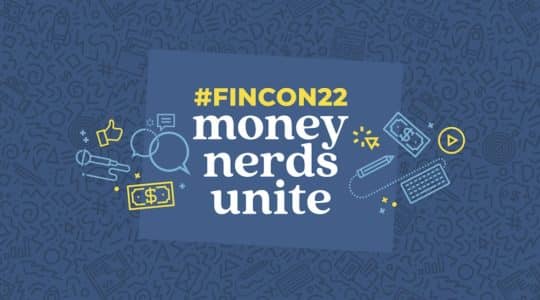

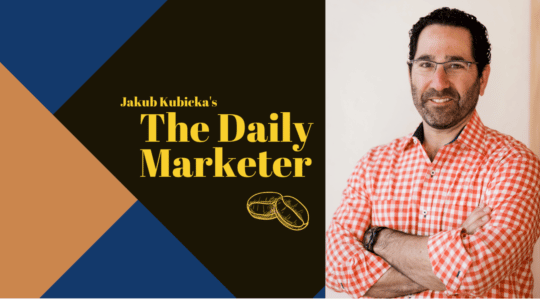
Leave a Reply
You must be logged in to post a comment.